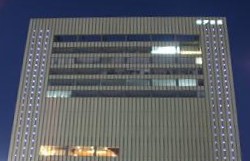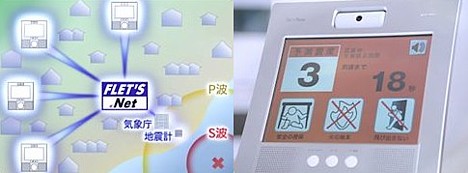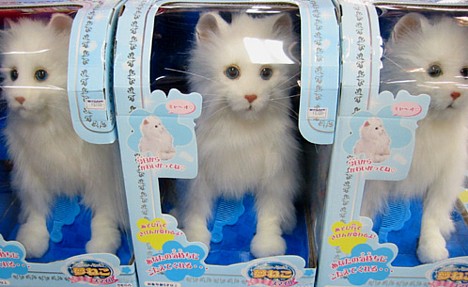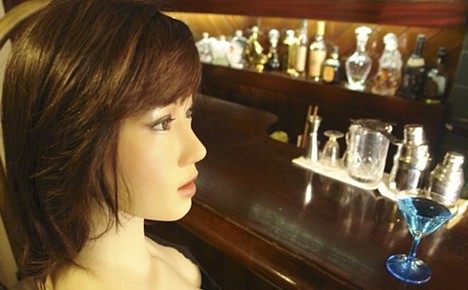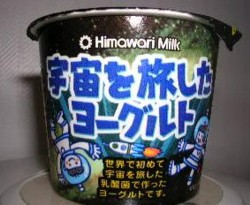 Earlier this month, Himawari Dairy began selling space yogurt, which is made using two types of lactic acid bacteria that spent 10 days in space aboard a Russian Soyuz rocket last spring. The yogurt, called Uchu O Tabi Shita Yogurt (literally: "yogurt that travelled in space"), is now available in Shikoku's four prefectures. The space yogurt follows Tosa Space Sake, which hit shelves last spring, as the second space-related product created to stimulate business in Kochi prefecture.
Earlier this month, Himawari Dairy began selling space yogurt, which is made using two types of lactic acid bacteria that spent 10 days in space aboard a Russian Soyuz rocket last spring. The yogurt, called Uchu O Tabi Shita Yogurt (literally: "yogurt that travelled in space"), is now available in Shikoku's four prefectures. The space yogurt follows Tosa Space Sake, which hit shelves last spring, as the second space-related product created to stimulate business in Kochi prefecture.
Himawari Dairy worked with the Japan Manned Space Systems Corporation (JAMSS) to organize the space trip for the bacteria. The payload included lactic acid bacteria used in ordinary yogurt, as well as a unique strain of Lactobacillus paracasei cultured from pickles preserved in sake lees (sediment that occurs during sake brewing). In previous joint research conducted with Hokkaido University, Himawari found that Lactobacillus paracasei works to enhance the body's immunity to disease. The space yogurt was made using these two types of bacteria mixed with a third type of bacteria.
According to Himawari Dairy President Bunjiro Yoshizawa, about half of the bacteria died in the agar medium due to the harsh environment inside the rocket. The strong, surviving bacteria gives the space yogurt a more full-bodied flavor compared to yogurt made with standard earthbound bacteria.
The space yogurt is priced at 128 yen (a little more than US$1.00) for 90 grams of the pre-sweetened type and 238 yen (about US$2.00) for 400 grams of the plain type. A space yogurt drink is also available in 90 and 500 gram containers.
[Source: Nikkei Net]

